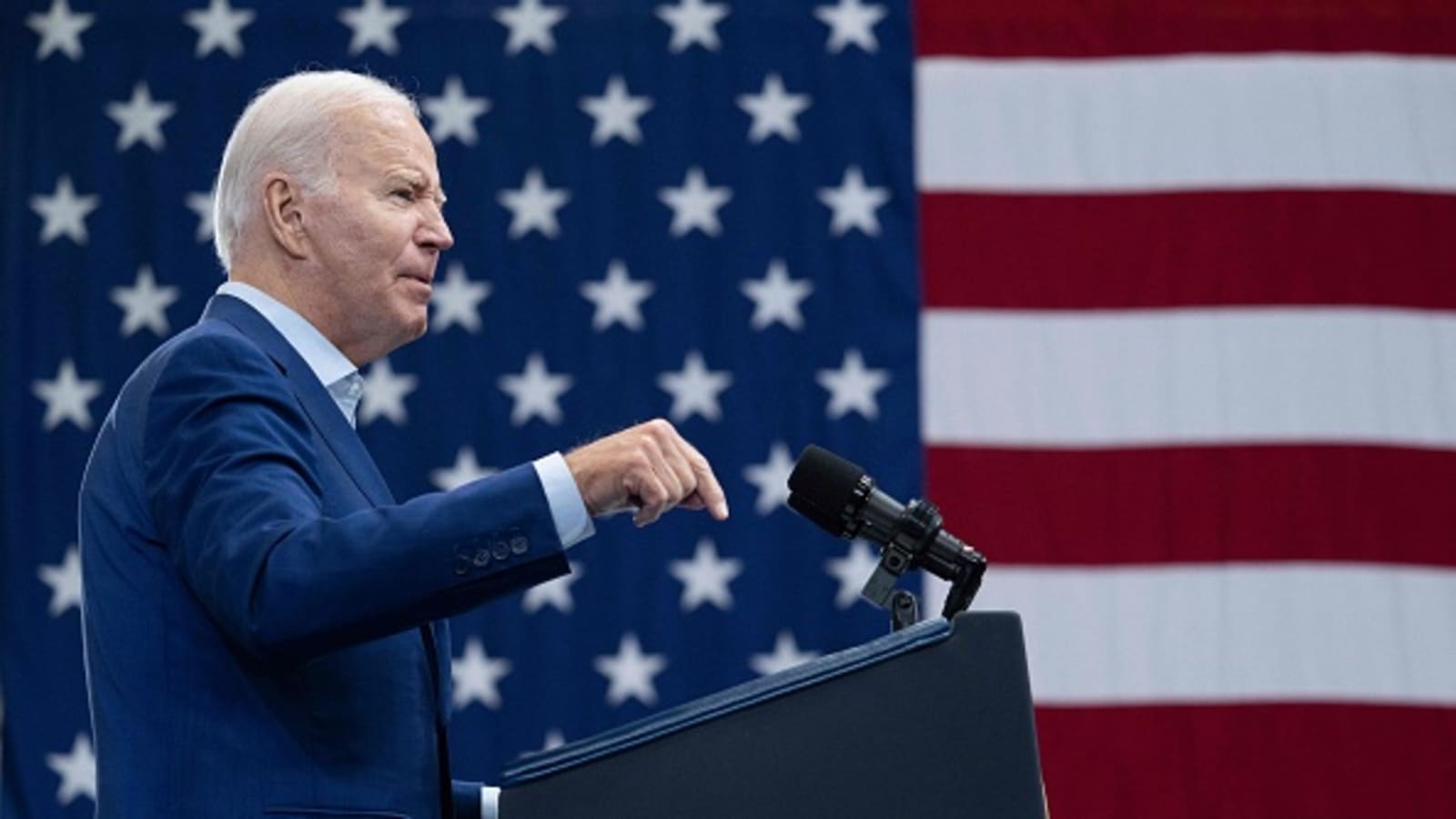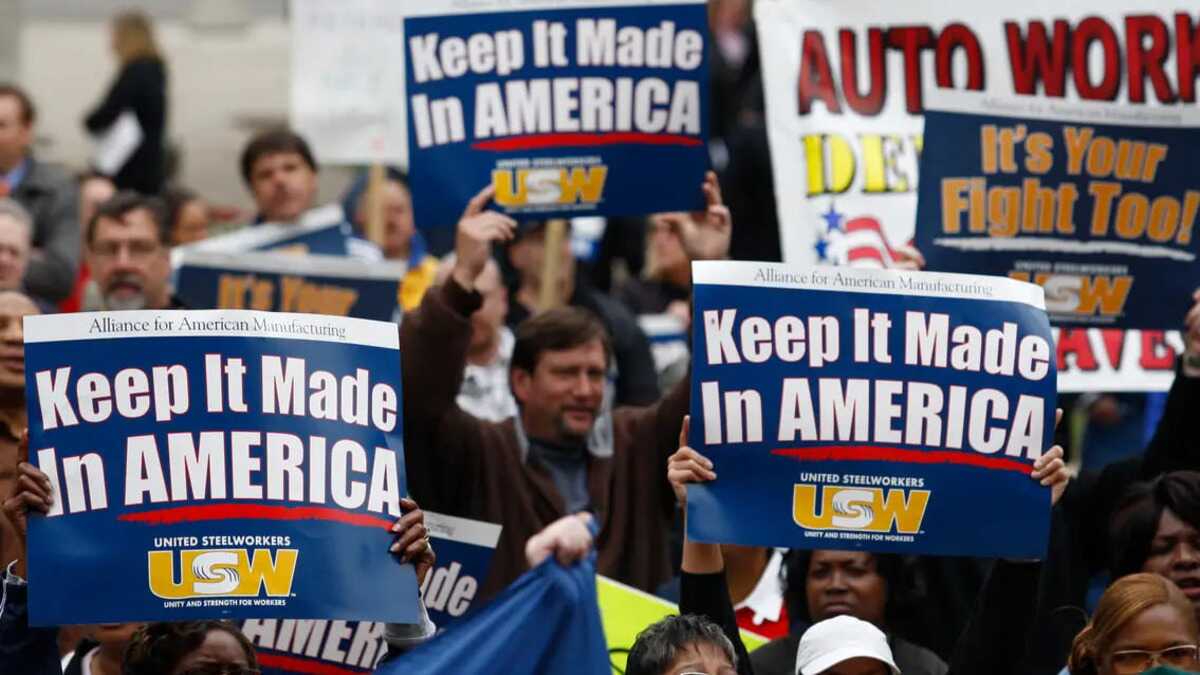US-China trade
Narrow-gauge, high stakes: Biden sets new investment restrictions on China
Published 15 August 2023
Biden signed an executive order last week that extends restrictions on US investment in China in national security-related tech. While its scope has been watered down from what was originally under consideration, the move could push Washington further out on the limb should its partners fail to follow suit. In any case, the US has moved up the ante in an already-dicey foreign policy gamble.
After nearly two years of deliberation, President Joe Biden last week signed an executive order that bans new US investment in China in several of the most sophisticated technology sectors and requires companies to notify the government of transactions in national-security-related tech.
The administration characterized these steps as narrowly targeted to protect US national security. The order piles on to a suite of policies aimed at boxing in China’s ongoing efforts to develop innovation that would enhance its ability to project state power including military and intelligence gathering capabilities. This move comes on the heels of escalating tensions between the countries over Taiwan, trade, US efforts to “de-risk” semiconductor supply chains, human rights practices in China, and China’s spy balloon debacle. High-level bilateral dialogues have only recently resumed starting with Secretary of State Antony Blinken’s visit to Beijing in June.
The new restrictions apply to the semiconductor, quantum information technology, and artificial intelligence sectors and are expected to primarily affect private equity, venture capital firms, and US investors in joint ventures with Chinese companies. They are expected to come into effect next year.
Here are the key takeaways based on what we know so far, and the questions to keep an eye on as things unfold:
Practical impact less than initially thought: The existing parameters – both in terms of outright restrictions as well as the notification requirements – have been considerably watered down from what was originally under consideration. However, regulations like these typically include administrative leeway that can make them more – or less – onerous, so a precise read on its impact will have to await its implementation. Moreover, since US capital infusions into China in these sectors have been sharply slowing anyway, the real impact lies in curtailing the flow of tech expertise and know-how. Assessing whether this policy does the trick will be more difficult – and take more time – than tracking investment flows.
In any case, if for no other reason than as an indication of broader tensions between the US and China, these measures will further dent China’s attractiveness to foreign direct investment in technology and beyond. This would likely presage further US restrictions as well as any counterpunches China might direct at the US in response.
What does this mean for the bilateral relationship? These new restrictions had been telegraphed months in advance, so China would not have been caught off guard and the curbs appear to be less onerous than initially expected. Nonetheless, the new measures will be perceived in Beijing as a doubling down on American hawkishness and a diminution of the sincerity of renewed dialogue. Expect China to respond. The Chinese Ministry of Commerce has already expressed “serious concern” about the order and said China “reserves the right to take measures.”
Is the US out on a limb? The Biden administration has made some progress in galvanizing a broad coalition of like-minded partners to create a united front on technology and trade issues with China. But, with these new measures, the White House has inched out a bit further on the limb. It is unclear if its partners will follow. Many US partners share US concerns but are less willing to damage trade and investment ties with China.
Should US partners particularly in Europe and Asia fail to follow suit, it could open a strategic weakness in the nascent united front and could undermine the US measures. Investment from US partners into China could simply backfill any prohibited American investments. If, on the other hand, US partners develop similar measures of their own, it would magnify their impact, denote a strong cohesion of purpose, and signal to Beijing that its efforts to split partners off from the US’ more aggressive stance is faltering. Beijing would be facing a considerably more daunting chess board. In that sense, the US moves up the ante in an already-dicey foreign policy gamble.
US business lobby has flexed its muscles: US corporate interests have been engaged in a massive lobbying campaign to limit the restrictions since consideration of the concept first began nearly two years ago. While the pro-China US business lobby no longer packs the same punch it once did – nor does it seem as unified behind a pro-engagement agenda – the watered-down executive order suggests a concession to corporate concerns and an indication that the White House is sensitive to at least some segments of the US business community that are not keen to disengage from China.
Not yet a done deal: The regulatory text to implement the order has not yet been drafted and modifications are possible, though definitely likely. The Treasury Department will oversee a 45-day public comment period that will allow interested parties to weigh in. The US business lobby will continue its efforts to reduce the scope and impact of the regulations, while China hawks will call for a substantial tightening. Before all is said and done, these measures could look a bit different than what is contained in the existing order.
Domestic politics: As the presidential campaign intensifies, the Biden administration will take fire from at least some segments of the Republican party for being too “soft” on China. Republican presidential contender Nikki Haley has already characterized the new restrictions as “not even a half-measure” while Republican Sen. Marco Rubio called them “almost laughable”. Depending on how much electoral traction these criticisms gain, further “toughening” is possible if Biden’s reelection team senses significant political liability.
Deliberately low-key: The signing of a major executive order such as this is usually a highly publicized White House event, including media and public remarks by the President. In this case, the order was signed while President Biden was travelling in New Mexico to promote his economic policies. No cameras were present at the signing, nor did the President make any public remarks on the order. This likely reflects a desire to minimize antagonism with Beijing. A perceived thaw in relations has only just commenced and the administration would still like to keep things on track for a meeting between Biden and President Xi Jinping when the US hosts the Asia-Pacific Economic Cooperation summit in San Francisco in November.
© The Hinrich Foundation. See our website Terms and conditions for our copyright and reprint policy. All statements of fact and the views, conclusions and recommendations expressed in this publication are the sole responsibility of the author(s).









